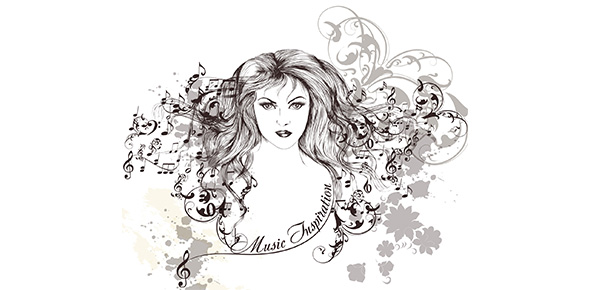Related Flashcards
Related Topics
Cards In This Set
| Front | Back |
|
Animism
|
The idea that there is an active spirit in everything.
|
|
Sympathetic Magic
|
Manipulating an image of something in the world to have an effect on the actual thing/event.
Ex) Venus of Willendorf: Image of fertility, made of stone. |
|
Primitivism
|
Artists from urban and technological societies borrowing art and ideas from societies that they consider to be primitive.
|
|
Psychological Primitivism
|
People from non-technological tribal societies are closer to human nature and this makes them child-like.
|
|
Societies that late 19th century urban and technological societies consider primitive
|
*Tribal societies.
*Aboriginal societies. *Peasant societies. *Ancient Egypt. |
|
Paul Gauguin and Primitivism
|
*Spent most of his career in Tahiti.
*He painted an illusion of paradise (sexual freedom, spiritualism, women are closer to nature). *Paints Tahitian women accurately: Emphasizes their ethnic appearance and attractiveness. |
|
How was it that Picasso had access to West African sculpture? What interested him about the masks he studied and collected? What kinds of things about the masks was he not interested in?
|
(1) The French had colonized parts of Africa and brought back masks/works of art from these colonies and put them in an anthropological museum.
(2) He was interested in the formal properties of the masks (how they rearrange/distort the human face and represent the human face in a non-naturalistic manner). (3) He was not interested in the cultural context from which the masks come (why they were made; how they were used; and what they meant to the people who made them). |
|
Late 20th Century Primitivism Artists
|
*Richard Long: Stone art.
*Charles Simonds: Dwellings. *Nancy Holt: Sun tunnels |
|
Performance Pieces
|
The work of art is some kind of performance.
|
|
Performance Artists
|
*Donna Henes: "Spider woman." Designs rituals where people tie each other together and create a sense of relationship.
*Tehching Hsieh: Ordeals (Year in prison, year punching time clock, year outdoors in Manhattan, year tied to Linda Montano). *Chris Burden: Crucified (nailed) to VW bug (1974); Shot in the arm (1978). *Nitsch: People tore apart a lamb and spread its blood over themselves. *Gunter Brus: Cross dressing and publica acts of self mutilation (eating feces, cutting himself). *Paul McCarthy: Cross dressing; Anal sex; Masturbation. *Schwartzkogler: Genital mutilation. |
|
What were 3 goals/aspects of 20th century primitivism?
|
(1) To revive a sense of community. Ex) Hennes. Tying people together with rope.
(2) Get back in touch with the natural world. (3) To understand the human psychy. |
|
What is the primitivist theme in Charles Simonds Landscape Body Dwelling?
|
*Getting closer to nature: Body is the landscape.
*Sense of community: Imagining a community based on being grounded in this place. *Human psychy: Grounding himself. Representing himself as "father nature." |
|
Define the primitivising tendancies and briefly describe the core assumptions of primitivism
|
*Artists from urban and technological societies (technologically developed) borrowing artistic ideas from societies that they consider to be primitive.
*Core assumptions: Primitive societies are assumed to be better in tune with nature and human nature than urban/technological societies (the technology pushes us away from connections with the natural world). |
|
What might be the message of Tehching Hsieh's Cage Piece and what does it have to do with the primitizing tendancy?
|
Hsieh puts himself in difficult circumstances (ordeals). He puts himself in these situations voluntarily (most people do not choose to be in these situations). He intensifies these ordeals (doing them for an entire year) to make people think about what it mght be like to be in these situations every day unvoluntarily. He deliberately plays the role that a Shaman might play.
|
|
Shaman
|
A spiritual leader generally in a tribal or aboriginal society. They can be men or women. They can be healers, they can foresee the future, and they can object themselves to ordeals for the purposes of social healing. They are the keepers of rituals and they are the mediators between their followers and the spiritual world.
|








